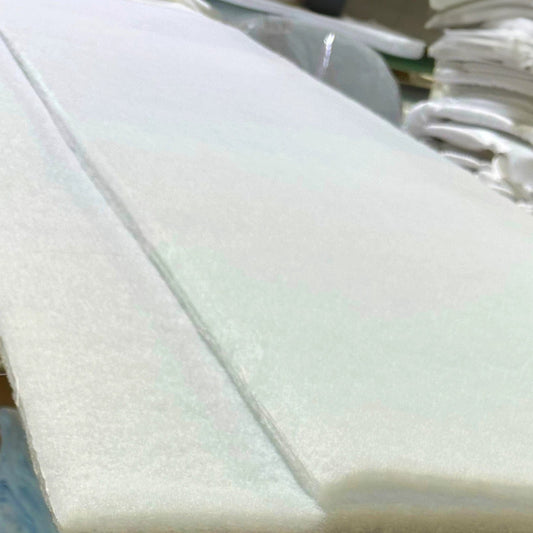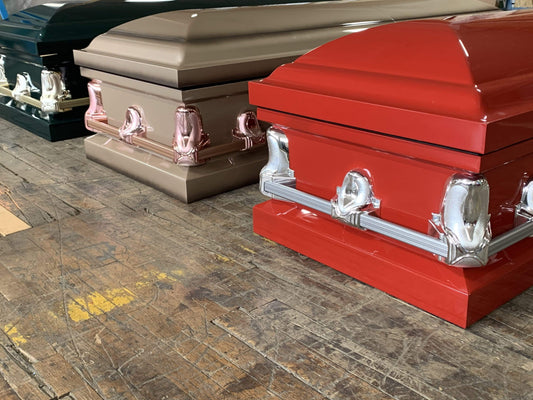What Is A Grave Liner?
A grave liner is a solid structure that is used in most casket burials to prevent the ground above the casket from collapsing. Often, when you bury a loved one under the ground, the pressure of the soil over the casket builds up over time. This may leave the casket vulnerable to collapse or damages. A grave liner can prevent this kind of mishap.
It is generally an essential part of the burial process, and often, many people forget to include the cost of a grave liner while planning the budget for a funeral ceremony. If you have just lost a member of your family or a close friend, and if you are in charge of planning their burial, it helps to know what a grave liner is and whether or not you will need it.
What Is A Grave Liner Made Of And How Does It Work?
A grave liner is generally made of concrete. This material is porous enough to allow various elements like soil and water to pass through but is strong enough to keep the soil above the casket from collapsing. So, when you use a grave liner, the casket is protected from collapse but continues to be in contact with soil and water.
Some grave liners may be made of various other materials such as plastic like polypropylene or metal like steel. Additionally, some models may also be reinforced with various materials like wire mesh, rebar or any other layer of strengthening material. Some grave liners may also come with enhanced exteriors that feature a coat of asphalt or paint. This improves the aesthetic value of the grave liner and also gives it some degree of resistance to moisture.
As for their design, grave liners can be of two types. The way they work depends on the design. Here is a closer look at the two common types of grave liners and how they work.
This is the most widely used type of grave liner. It is a rectangular box that has a bottom as well as a removable lid. The lid may be domed or tiered. This kind of grave liner encloses the casket completely on all sides, including the top and the bottom.
A bottomless grave liner only covers the sides and the upper part of the casket. On the lower side, it leaves the casket exposed to natural elements. This allows the casket to become one with the earth faster, while still keeping it safe from possible damage due to soil pressure.
Why do you need a grave liner?
Although the popular adage goes that people are buried six feet underground, most caskets are only buried around 3 to 4 feet under the ground level. Despite this, over time, the weight of the soil above the casket can increase the overall pressure on the casket. This, in turn, can cause the casket to be damaged or collapse into itself. For both practical as well as sentimental reasons, this is not a welcome development.
Also, in addition to the weight of the soil, other factors like the weight and usage of mowers and maintenance equipment in the cemetery can also lead to mounting pressure on the casket. The frequent movement of people above the gravesite also adds to this pressure. To prevent the damaging consequences of these developments, you can use a grave liner to protect the casket in which your loved one is being buried.
Is a grave liner the same as a burial vault?
A grave liner is different from a burial vault. The latter is more secure because it comes with a polymer lining. So, if you use a burial vault instead of a grave liner for your casket, elements like soil and water cannot seep in. That said, a burial vault typically costs more than a grave liner, and it also slows down the rate at which the casket becomes on with the earth.
However, both grave liners and burial vaults serve the same common purpose of keeping a casket from collapsing. The only difference lies in the price and the level of protection they each offer.
Should you opt for a grave liner?
Depending on the kind of funeral you are opting for, a grave liner may be necessary. In most cases, cemeteries require people to add either a grave liner or a burial vault around the casket used. So, irrespective of the type of casket you opt for, you may need a grave liner if the cemetery in which you are burying your loved one requires it. That said, a grave liner may not be required if you are having a green burial or if you have chosen to bury your loved one on private land that you own.

![Upgrade to Premium Weight [18-gauge steel]](http://titancasket.com/cdn/shop/products/casketthicknesswithnumbers.png?v=1680642906&width=533)



